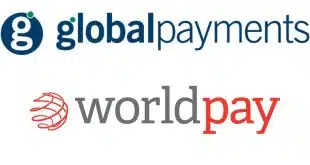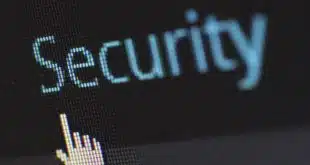The buy now, pay later craze, which took flight during the Covid pandemic, has turned into a $70-billion-plus segment of the payments industry. But that doesn’t mean it hasn’t stirred controversy among acquiring-industry executives, some of whom manage versions of the point-of-sale credit product.
That clash of viewpoints emerged Wednesday in a panel discussion on the state of play in BNPL now that the trend has assumed status as a mainstream offering at banks and fintechs alike. “It has solved a real pain point” for consumers, said Rob Seidman, head of product, BNPL/POS lending at U.S. Bank’s Elavon processing unit. “It’s made [lending] insanely simple.”
But others aren’t so sure. BNPL’s rising debt burden is “not good for our country,” said Vlad Sadovskiy, chief executive of merchant processor and banking-services provider Netevia Group LLC. Still, he conceded the technology behind BNPL, which enables on-the-spot installment credit for everything from socks to high-end merchandise, is “really, really cool.”

Seidman and Sadovskiy spoke as members of a panel during a session held at the MPC23 payments conference in Atlanta.
BNPL’s potential has attracted a raft of both rapidly growing and established technology and payments companies, including such players as Affirm Inc., Afterpay, and Sezzle Inc. Some sources estimate total loan volume in the U.S. market will near $72 billion this year, up about 20% from 2022. The ease of taking out the short-term installment credit helped it grow in popularity in e-commerce but has fueled its popularity for in-store checkouts as well.
That worries executives like Sadovskiy. “Consumer awareness [of BNPL] is probably at an all-time high,” he noted. “Consumers have tapped their Covid savings, which is not a good thing. Now, you’re paying for your groceries over time. What’s next?”
But Seidman cautioned against moral judgements. “Debt as an instrument is not good or bad,” he said. “As soon as we start playing the moral-police card, that’s rough. I’m not sure BNPL is good or bad. There are bad practitioners.” Still, he conceded his favorable viewpoint has limits. “I’m not in favor of [BNPL for] grocery or pharmacy,” he said. “You will not see us doing that.”
His bottom line, though, was unwaveringly optimistic. “Unabashedly, I thnk [BNPL] is a very good thing when done responsibly,” he said, adding that regulators will help keep companies in line.
A key regulator, the Consumer Financial Protection Bureau, in March released. a report following its investigation of the product. While the report noted that “many [buy now, pay later] borrowers who we observed used the product without any noticeable indications of financial stress, BNPL borrowers were, on average, much more likely to be highly indebted, revolve on their credit cards, have delinquencies in traditional credit products, and use high-interest financial services such as payday, pawn, and overdraft compared to non-BNPL borrowers.”





